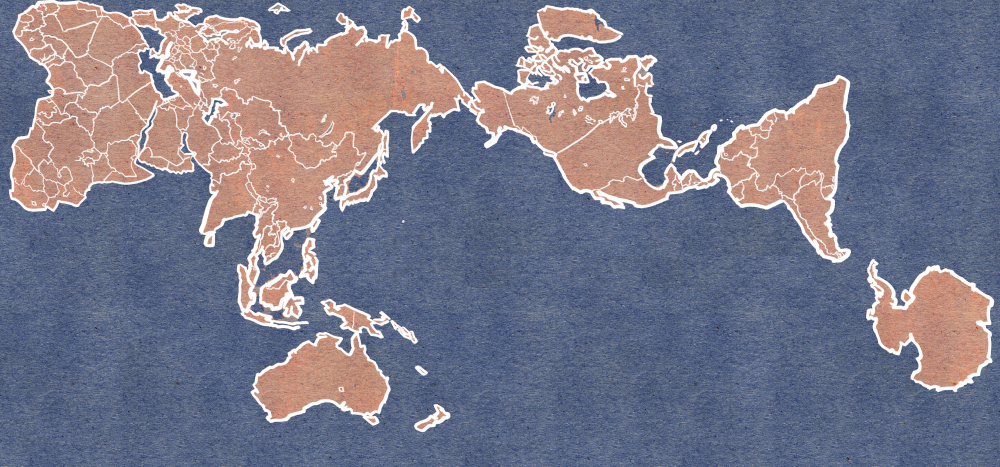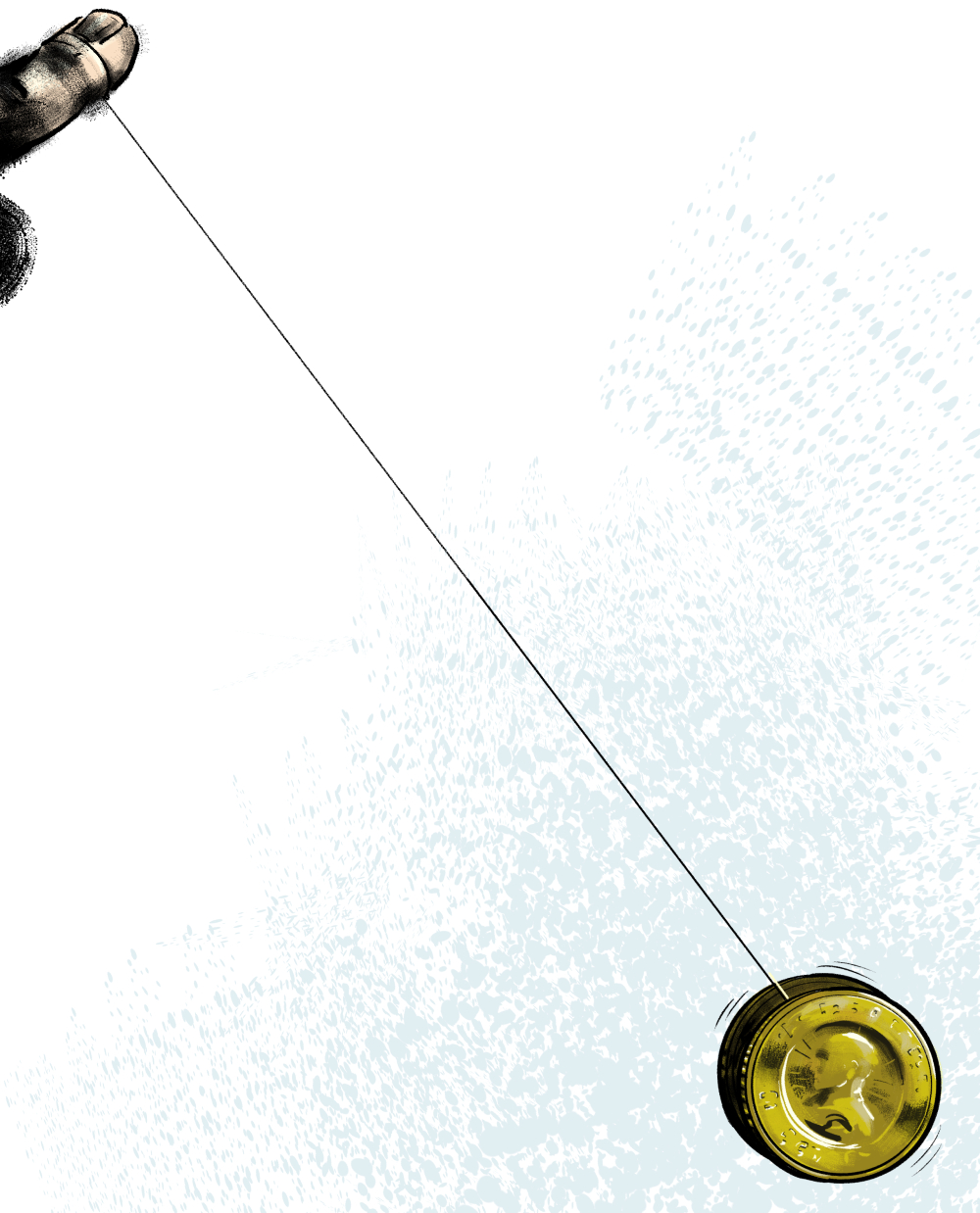Link to the article where Tony Fratto notes on currency manipulation.
This is an interesting article about the possible futility of currency pegs and fixed currency prices. Historically, this was one arrow in the quiver of states when it came to maintaining a specific direction for their economy – i.e. their economic sovereignty. States either did this in unison – the gold standard, the European Exchange Rate Mechanism – or, like China, have maintained a peg on their own.

As we have seen, however, this can be an expensive policy, especially if speculators smell blood in the water. The Asian financial crisis of 1998 cost billions in futile attempts to maintain currency pegs, similar to the UK’s infamous Black Wednesday devaluation in 1992.
China has long been accused (and still currently accused by some – @potus) of undervaluing its currency, the RMB. In fact, China has spent hundreds of billions of its reserves in propping up the price of the yuan.
While China has plenty of reserve currency remaining, logically no state can afford this indefinitely. As I quoted previously, Nobel-winning economist James Tobin said:
As general background, remember that a fixed exchange rate, to which a central bank has committed its reserves of hard foreign currency, is always vulnerable. For instance, Korea has promised to pay one dollar for any 1200 won presented to its central bank by anyone, resident or foreign. If people begin to doubt that the Bank of Korea has enough dollars to make good on the promise, they will rush to sell won for dollars. As the Bank’s dollar reserves are depleted, it has no choice but to abandon its commitment and the won falls in the market that is, it takes more, many more than 1200, won to buy a dollar. `Fixed rate’ is a misnomer; the rate cannot be irrevocably fixed unless the won is abandoned in favor of the dollar, as francs, lire, and other European currencies are scheduled to be merged into the euro next year.
So, in short, fixed rates only exist as long as the markets believe they do.
Terry McDonald
Tallinn University
Image: Karstein Volle


